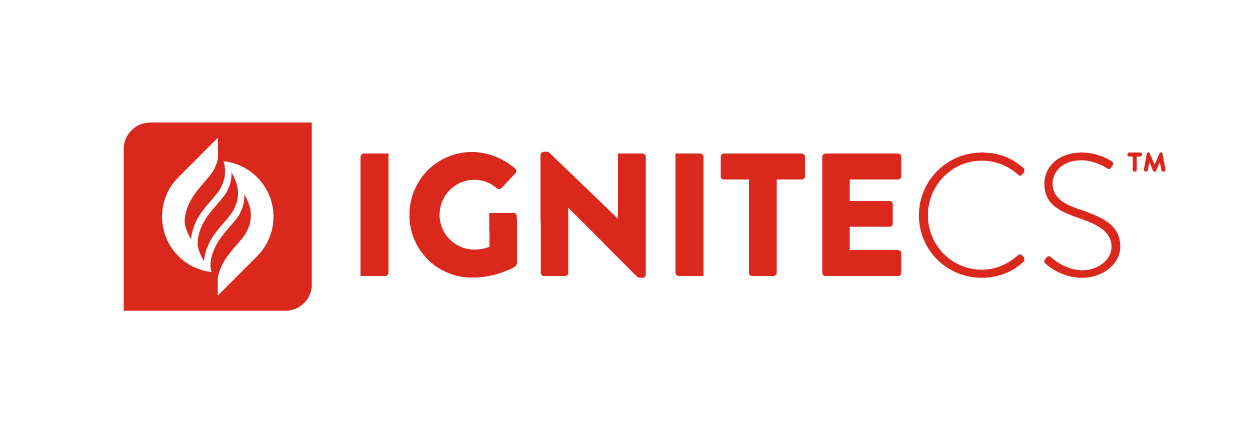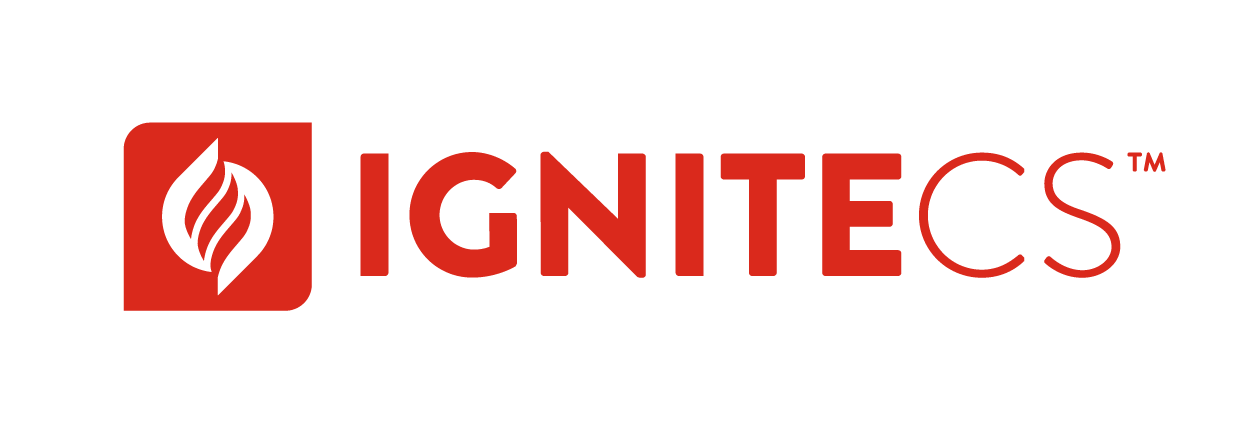
Menu designers use the lessons of behavioral economics to persuade consumers into ordering what the brand wants. Certain real estate on a menu is strategically used to protect profit while other sections are used to encourage impulse buying.
Your favorite restaurant or bar may offer top-notch tastes and an inviting atmosphere; but more subtly, they are using the menu to influence your decisions. Menus at many restaurants, bars, hotels, and concessionaires are engineered for innovation and full of charm designed to connect consumer with the items being offered.
Some of the considerations include:
Consider taking the “less is more route.” Too many offers can inhibit purchasing decisions. This is known as paralysis by analysis. Giving consumers fewer options can actually increase sales.
When people make a choice, they tend to favor the default option or the status quo, rather than taking time to consider and adopt an alternative option. In other words, people tend to choose the path of least resistance.
When presented with options, a third “decoy” option can influence people to choose the seller’s preferred alternative.
When given two identical choices, people often prefer the choice that is more attractively framed. Seek out unique typography, boxes, color and photography.
Have fun with word play, according to some studies, guests will spend almost 10% more on descriptive menu items. Why order a BBQ brisket sandwich when you can order a Savory Smoked Hickory BBQ Brisket served on a Jalapeño Cheddder Bun.
Invoke nostalgia or humanize dishes in other ways. Some menu items are attractive because guests feel like they’re ordering something special, when they induce happy memories of childhood or feelings of comfort.
Rest assured, it’s all based on the science of marketing. If you’re an operator – have you adopted this approach? If not, let Ignite Fire Up Your Menu potential.

